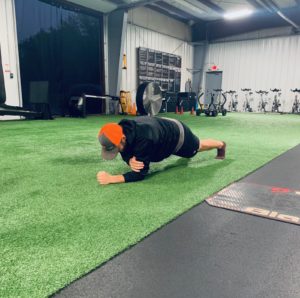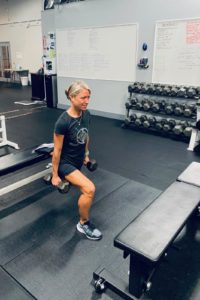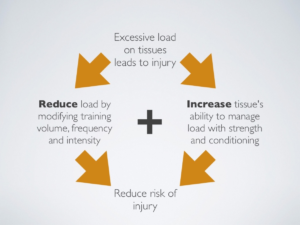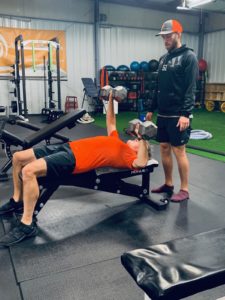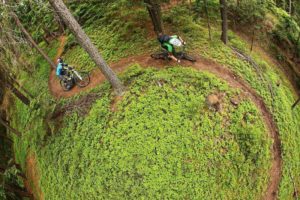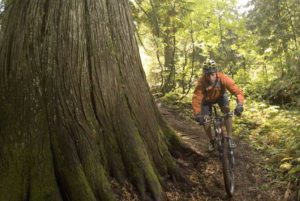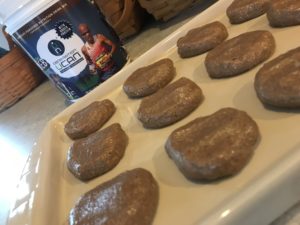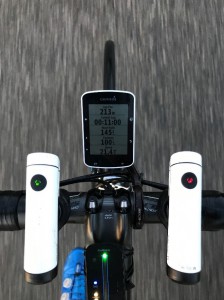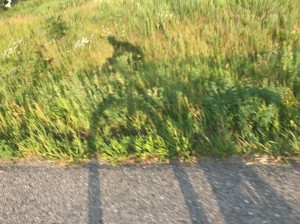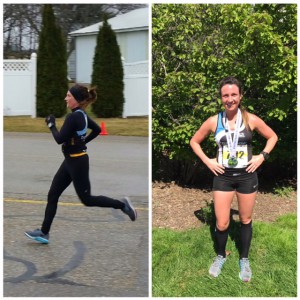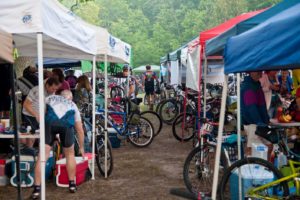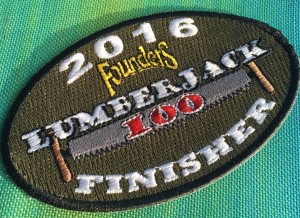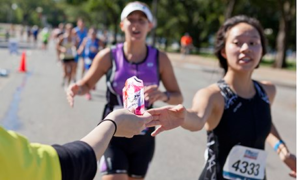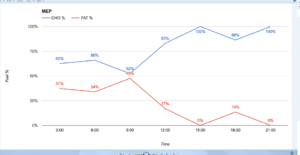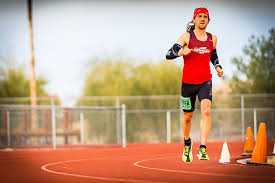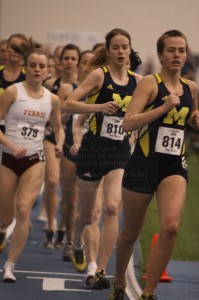Armor Physical Therapy is a comprehensive orthopedic and sports physical therapy clinic serving the greater Kalamazoo area. Armor has the only Board Certified Clinical Specialist in Sports Physical Therapy in the Southwest Michigan Area, Scott Miller. Scott and his team at Armor have been helping patients reach their full potential for over 13 years. Armor is also an active sponsor of Team Athletic Mentors.
During this unprecedented time, it is important to support our local businesses. Armor is still open and currently seeing patients. Their primary concern is the health and safety of their staff and patients. Therefore, they have been actively monitoring and following the CDC guidelines in order to refine their procedures and provide safeguards in response to the coronavirus outbreak. They have modified safety policies regarding patient screenings, as well as, sanitizing policies for patients and equipment. They have limited the number of patients allowed in the clinic and are requiring their staff to wear masks.
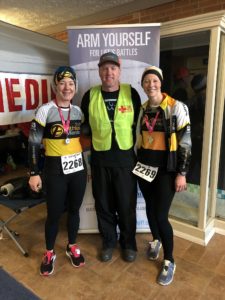 One of the great advantages of Armor Physical Therapy is their Direct Access. Most insurances will allow you direct access to Armor, which means you do not need a referral from your primary care physician. This is extremely advantageous today. Armor is highly recommending you stay away from Urgent Care facilities or ER’s and come straight to them. After completing the GR Half distance triathlon last year, I was able to take advantage of Armor’s Direct Access option. I was experiencing knee pain and knew I needed to have it evaluated before continuing my training. By not having to see my primary care physician first, I was able to save time and money. Scott and his team at Armor had me back on track with my training schedule in no time.
One of the great advantages of Armor Physical Therapy is their Direct Access. Most insurances will allow you direct access to Armor, which means you do not need a referral from your primary care physician. This is extremely advantageous today. Armor is highly recommending you stay away from Urgent Care facilities or ER’s and come straight to them. After completing the GR Half distance triathlon last year, I was able to take advantage of Armor’s Direct Access option. I was experiencing knee pain and knew I needed to have it evaluated before continuing my training. By not having to see my primary care physician first, I was able to save time and money. Scott and his team at Armor had me back on track with my training schedule in no time.
Armor is now offering Virtual Care featuring one-on-one video call appointments as an alternative to in-clinic visits. They achieve the virtual connection through the HIPAA-compliant BetterPT platform. BetterPT is a secure video communication platform designed with virtual physical therapy services in mind. The use of BetterPT, gives their therapists the ability to guide you through live therapeutic exercises and stretches while monitoring your progress. Most major insurance carriers cover virtual physical therapy the same way they cover an in-person visit, without the need for a referral. For more information, visit the Armor Virtual Care web page https://armorpt.com/virtualcare/.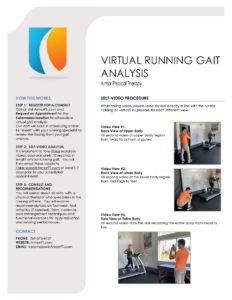
In addition to the Virtual Care PT, Scott is rolling out a new program that will allow virtual video running gait analysis via their TeleHealth format. This service will provide the athlete with all the instructions to submit their video for review allowing Armor to provide recommendations on form, footwear, exercises, and more. See flyer below for additional information.
There are hundreds of reasons patients require physical therapy, but the one place to turn to for quality care is Armor Physical Therapy. Visit https://armorpt.com/ today to request an appointment.






